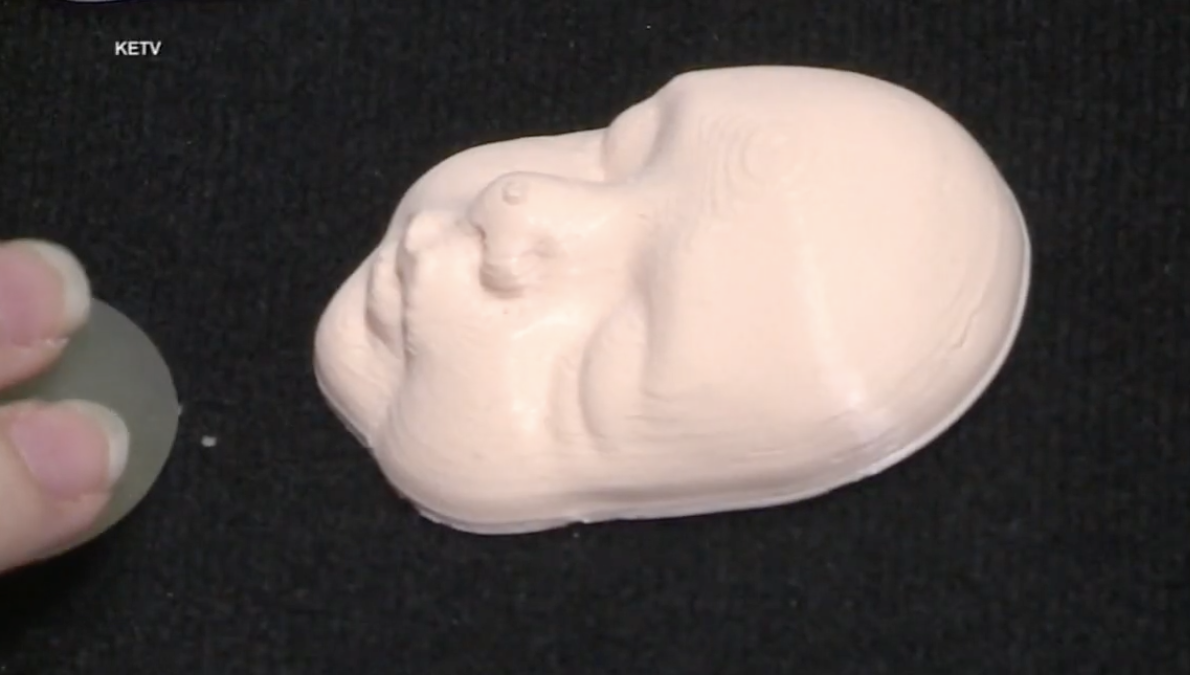
In the 1970s, the Gaia hypothesis became all the rage. Developed by British scientist James Lovelock, the idea proposes that the Earth functions as a self-regulating system capable of maintaining favorable conditions for life.
According to Lovelock’s theory, all living and non-living components of the Earth, including the atmosphere, oceans, and biosphere, interact and influence one another to form a complex and interconnected system. The Earth is seen as a single, self-regulating organism, where the interactions between different components work together to maintain a stable and habitable environment.
The Earth itself will help fight to keep life on this planet healthy, in other words. Recently, scientists at the University of California-Irvine may have found further proof that Gaia is correct. A recent paper showed that the planet creates a crucial molecule, hydroxide, that helps clear the air of pollutants.
The discovery is outlined in a new paper published in Proceedings of the National Academy of Sciences, which suggests that the traditional thinking around the formation of OH in the atmosphere is incomplete. Until now, it was thought that sunlight was the primary driver of OH formation, but this new research shows that OH can be created spontaneously by the special conditions on the surface of water droplets, reports Brighter Side.
“You need OH to oxidize hydrocarbons, otherwise they would build up in the atmosphere indefinitely,” said Sergey Nizkorodov, a University of California, Irvine professor of chemistry, who was part of the research team.
“OH is a key player in the story of atmospheric chemistry. It initiates the reactions that break down airborne pollutants and helps to remove noxious chemicals such as sulfur dioxide and nitric oxide, which are poisonous gases, from the atmosphere.”
The implications of this discovery are significant. It could change the way we model air pollution, as the assumption has always been that OH comes from the air and is not produced in the droplet directly. This means that existing models may need to be revised to take into account this new source of OH.
It’s a finding that stands to reshape how scientists understand how the air clears itself of things like human-emitted pollutants and greenhouse gases, which OH can react with and eliminate. “You need OH to oxidize hydrocarbons, otherwise they would build up in the atmosphere indefinitely,” Nizkorodov told Science Daily.
“OH is a key player in the story of atmospheric chemistry. It initiates the reactions that break down airborne pollutants and helps to remove noxious chemicals such as sulfur dioxide and nitric oxide, which are poisonous gases, from the atmosphere,” said Christian George, an atmospheric chemist at the University of Lyon in France and lead author of the new study. “Thus, having a full understanding of its sources and sinks is key to understanding and mitigating air pollution.”
Before their study, most researchers thought sunlight was OH formation’s chief driver.
“The conventional wisdom is that you have to make OH by photochemistry or redox chemistry. You have to have sunlight or metals acting as catalysts,” Nizkorodov continued. “What this paper says in essence is you don’t need any of this. In the pure water itself, OH can be created spontaneously by the special conditions on the surface of the droplets.”
The new findings significantly challenge our current understanding of the sources of OH and carry important implications for the development of computer models used in forecasting air pollution. The team’s discoveries highlight the need for further research and adjustments in our scientific models to accurately capture the complex dynamics of atmospheric chemistry. By refining our understanding of OH sources, we can improve our ability to predict and mitigate air pollution, ultimately safeguarding human and environmental health. These findings mark a significant step forward in our quest for a cleaner and healthier future.
[Read More: Tesla’s Dreams May Have Become Reality]










Can we produce this chem for the globe?